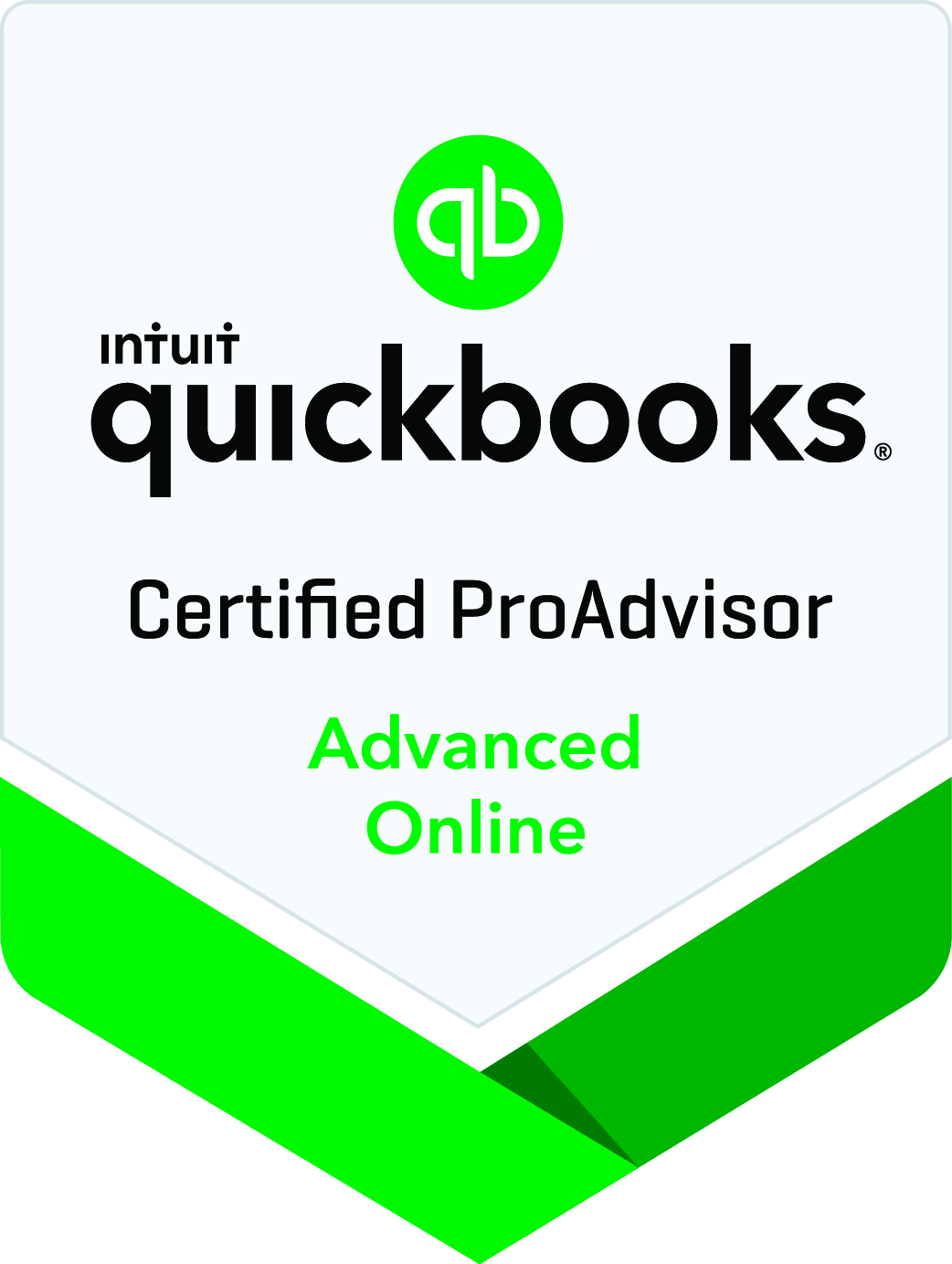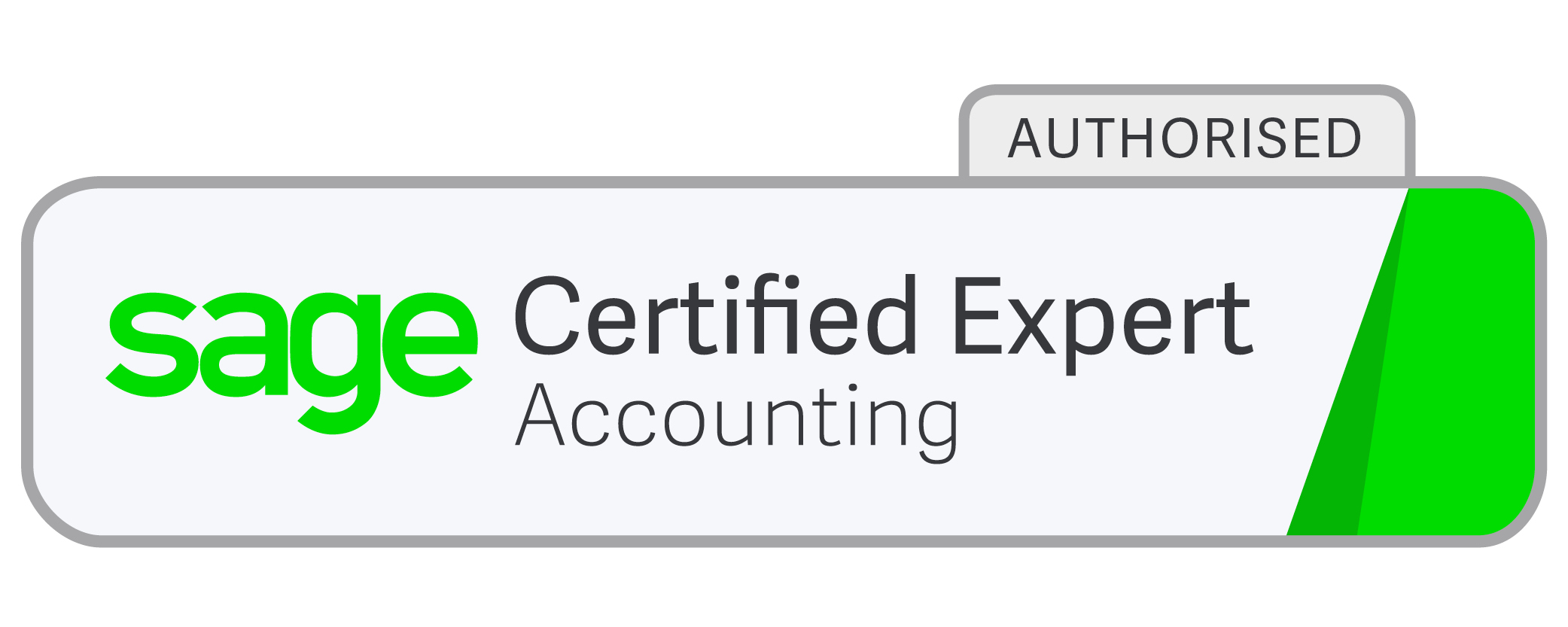A company closes - how to withdraw any remaining cash tax efficiently.
Newsletter issue – November 2022
When the time comes to close a company the usual method by which this is done is via a process known as 'Striking off'. The procedure is an informal, voluntary way of closing a company which is no longer required either because the company has ceased trading, or the director wants to retire or because the directors just want to close the business. However, strike off can be undertaken compulsorily, typically by a disgruntled creditor or by Companies House for non-submission of annual accounts. Importantly, a company can only be struck off if the business is solvent, i.e. has no debts that cannot be paid, and, most importantly -- no one objects including HMRC, otherwise the formal liquidation route must be undertaken.
Distributions
At the end of a company's life there is usually an amount still held in the bank account that needs to be withdrawn. As 'striking off' is not a formal winding up procedure, distributions of money or assets by a company to its shareholders are usually taxable as income. However, if certain conditions are met, such distributions can be treated as capital being taxed under the potentially more tax effective capital gains tax (CGT) rules rather than higher income tax rates.
For the conditions to apply the company must have collected, or intends to collect, its debts and has paid off or intends to pay off its creditors at the time of distribution. There is also a limit to the amount that can be withdrawn which is set at £25,000. Distributions less than this amount are charged to CGT although may be covered by Business Asset Disposal Relief (BADR). BADR is where the percentage tax levied for CGT is 10 per cent rather than the usual 20 per cent for higher rate taxpayers. Therefore, depending upon the amount of accumulated profits, it may be preferable for the capital treatment to be used if the tax rate is lower, which it should be if BADR is available. Where BADR is not available it may be preferable for at least some of the withdrawals to be taxed as dividends rather than as salary or bonus.
Should the £25,000 limit be exceeded, the whole distribution is treated as a dividend, making extraction of the final shareholders' funds potentially expensive, depending on the shareholders' tax situation. In addition, where the distribution is of assets other than cash, the valuation of those assets could assume significance in determining whether the £25,000 threshold is breached. Companies that have higher than the limit in assets but wish to have the distributions treated as capital, must go down the formal liquidation route.
Practical point
Where a company has in excess of £25,000 in assets it might be tempting to distribute profits by dividend before applying to be struck off leaving less than £25,000 in the company and then claim the remainder as capital. However, be aware that the dividends could be considered by HMRC to be a 'distribution made in respect of share capital in a winding up' and therefore not be a distribution at all. HMRC could argue that the intention was always to make an application to 'strike off' and so tax the whole amount as income. Intent is also likely to be inferred should the company dispose of any remaining assets, leaving only cash prior to the application.
If it is intended to pay a dividend to reduce the remaining funds it is important that appropriate board/shareholder resolutions are in place. A meeting should take place after the dividend has been paid giving formal agreement to the strike off application and a minute to that effect must be prepared as evidence of when the intention to apply for striking off was agreed.
Finally, if a company has applied to be 'struck off' but within two years of making a distribution has still not been dissolved or has failed to collect all its debts or pay all its creditors, then the distribution is automatically treated as a dividend.
 Cookies are small text files that are stored on your computer when you visit a website. They are mainly used as a way of improving the website functionalities or to provide more advanced statistical data.
Cookies are small text files that are stored on your computer when you visit a website. They are mainly used as a way of improving the website functionalities or to provide more advanced statistical data.



















